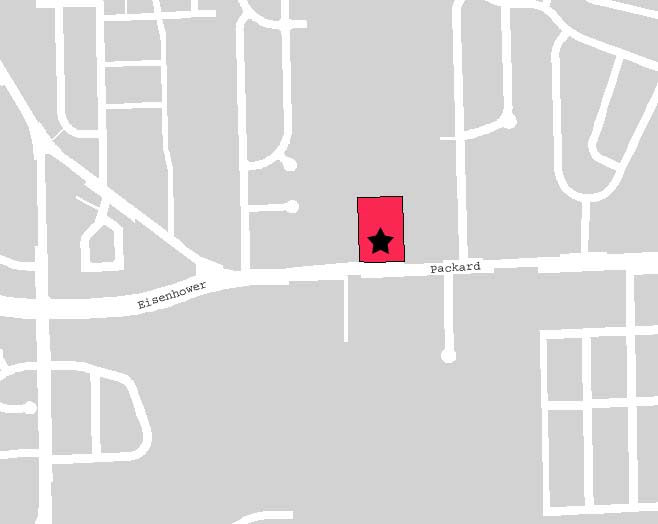|
Cobblestone Farm Historic District Cobblestone Farm Historic District 2781
Packard Road (Benajah Ticknor Farm; Cobblestone Farm) This
farmhouse is an example of an unusual building style that began in the
1830s in western New York and moved westward with the frontier.
Erected in 1844 for Dr. Benajah Ticknor, the house was built by
mason by Stephen Mills and combines the restrained elegance of the Federal
style and the extravagant faÁade of herringbone-rowed cobblestones. An original,
smaller house on the site is probably located in the wing section that
today contains the dining room and maidís chambers.
Herman Ticknor bought the small house and farm from Charles Maynard
in 1835. Herman had purchased the home for his brother, Navy surgeon
Benajah Ticknor. After years
at sea of South America and in the Far East, Dr. Ticknor wanted land in
Michigan as in investment for a retirement house. In
1840, Benajah and his wife, Bessie, made their first visit to Ann Arbor.
The sight of his brother, sister-in-law, and seven nieces and
nephews crowded into a small dwelling may have prompted Dr. Ticknor to
build the larger stone house for both families. In
1860, Ticknorís widow sold the house to Horace Booth, who passed it to
his son, Nelson. Nelson
enlarged the 183 acres, added barns for thoroughbred racehorses, installed
a front-yard fountain, and added an Italianate front porch. Ypsilanti
merchant William Campbell purchased the farm in 1881.
A Scottish immigrant, Campbell soon achieved renown for his
purebred cattle. The Campbell
family kept the house essentially unchanged for 91 years.
After World War II, most of the farmís acres were absorbed by
housing developments and parkland. In
1972, George and Mary Campbell sold the house and the last 4.5 acres to
the City of Ann Arbor to complete Buhr Park.
|

